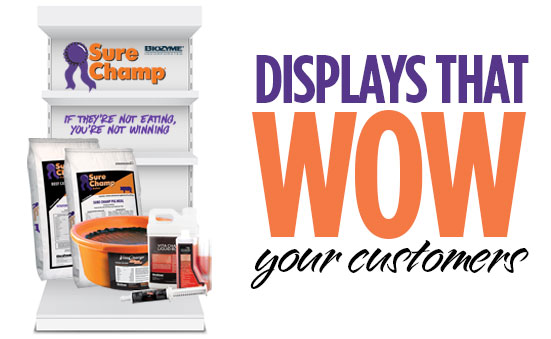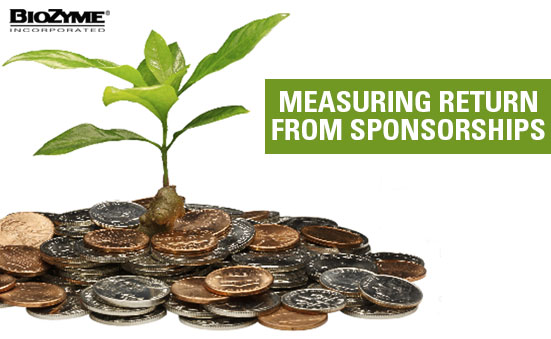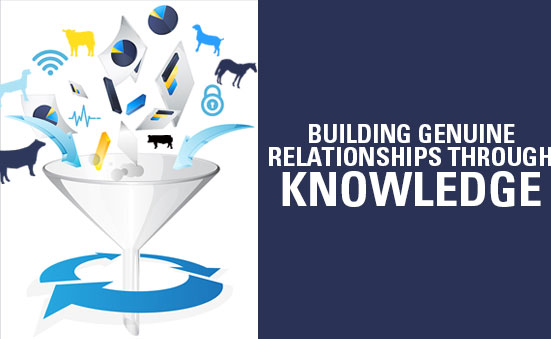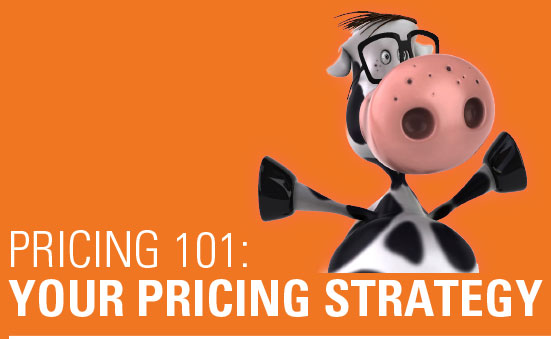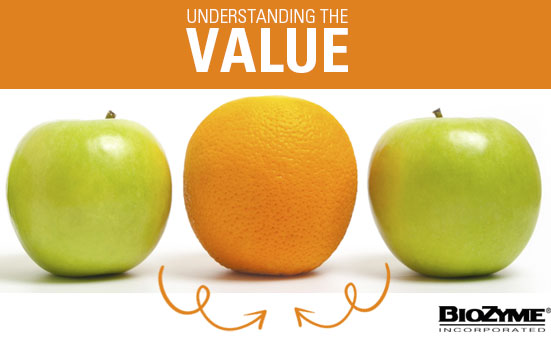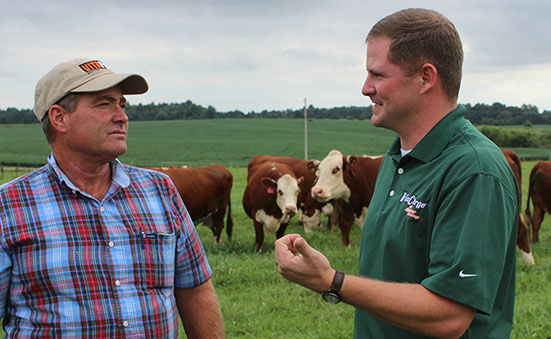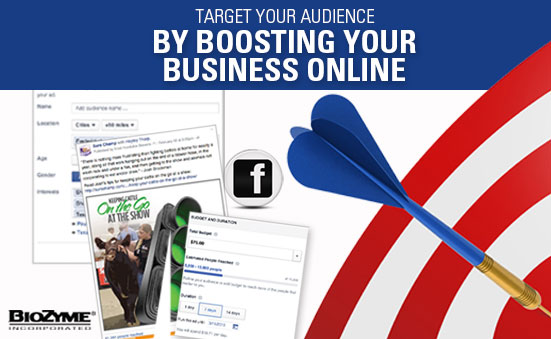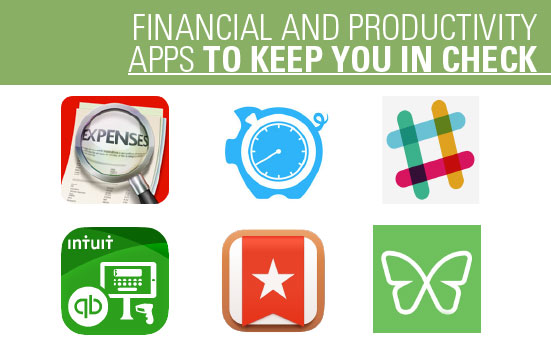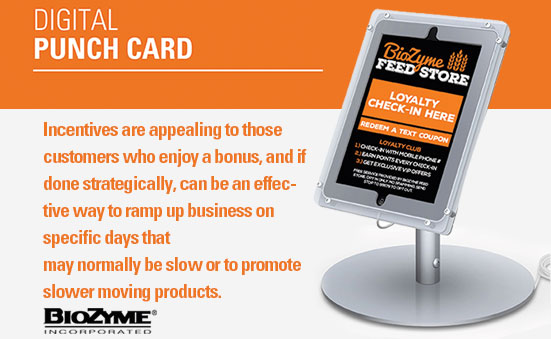Pricing is the most important aspect of your business. No other factor has a higher impact on improving profits. A 1 percent improvement in price optimization results in an average boost of 11.1 percent in profits. That’s no small change.
The following are methods commonly used when determining how to price inventory. Read through these pricing options and compare them to how you currently price items in your dealership. Keep in mind the services your dealership provides when trying to match the best method for you moving forward.
Value based pricing: It’s all about the customer
To consumers, price is a number of how much they value what you are selling. For example, if I needed a new winter hat, I could get one from the local Goodwill store for a dollar, or I could go to Macy’s and buy one for $25. If I only cared about covering my head, Goodwill would win, but since I care about my fashion sense, Macy’s wins. A customer’s willingness to pay is contingent upon the value he or she places on the product desired. Essentially, value based pricing cuts through the red tape of this scenario to determine the true willingness of a customer to pay for a particular product.
Unfortunately, the most common pricing strategies and methodologies forget about the customer. Instead, people in charge of pricing justify price points based on internal reasons or simply adopting existing market prices. Newsflash: customers don’t care how much something costs you or your competitors to make. Customers want to know how much value they are receiving at a particular price.
Value based pricing requires a lot of research. But it allows more interaction between you and your customer. Plus, unlike pricing done by market norms, this method focuses on isolating qualities that distinguish your product from a dozen similar products on the market.
Value based pricing models utilizes customer data, as well as breakdowns of the relative value of different features within your offering. You’ll also need to conduct an analysis of competing goods, because once you have the data, you’ll want to know the other options consumers have open to them. In the end though, you have the greatest amount of data to make an informed decision about your profit maximizing price.
Pros of value based pricing
1. It helps you develop higher quality products.
Value based pricing not only determines a more accurate price for the end product, but the process will also benefit your business. Taking on a consumer perspective will also help you discover what customers are really looking for. Products and features will be driven by consumer demand, which raises perceived value, thereby resulting in a higher price.
2. It allows you to provide phenomenal customer service.
Much of the customer data in value based pricing is collected through customer surveys or interviews. In past newsletters, we have stressed the importance of building relationships with customers and providing them quality customer service. Your customers will perceive that you are providing the best service available and building repeat business instead of a one-time customer. The customer will trust that you are providing the most bang for his or her buck.
Cons of value based pricing
1. It takes time and resources.
The method takes time; both while building relationships with customers and researching competitors’ prices and services.
2. It’s a science, just not an exact science.
Value based pricing is more of a process that requires consistent dedication, not just a “set it and forget it” mentality. Think about it, willingness to pay differs between different customers, regions and even offers. A 100 percent accurate prediction is impossible, but we can get pretty darn close.
Summary: Value based pricing should be a part of almost everyone’s pricing strategy. When done right, value based pricing provides increased opportunities to provide customer service and motivates you to provide a higher quality product.
Cost plus pricing: The oldest and simplest method of setting prices
Cost plus pricing is the simplest method of determining price, and embodies the basic idea behind doing business. You buy something, sell it for more than you spent buying it (because you’ve added value by providing the product), and the difference between your price and costs equals profit.
A lot of companies calculate their cost, determine their desired profit margin by pulling a number out of thin air, slap the two numbers together and then stick it on a couple thousand widgets. It’s really that simple. This method involves very little market research, and also doesn’t take into consideration consumer demands and competitor strategies.
Pros of cost plus pricing
1. It takes few resources.
Cost plus pricing doesn’t require a lot of additional market research. Cost of product is something businesses are mostly aware of by adding up different invoices, labor costs, etc. Businesses can then take the total costs and place a margin on top of them that they believe the market will bear. Cost plus pricing is especially helpful when you have no information about a customer’s willingness to pay and there aren’t direct competitors in the marketplace.
2. It provides full coverage of cost and a consistent rate of return.
As long as whomever is calculating the costs per item is adding everything up correctly, cost plus pricing ensures that the full cost of the product is covered, allowing the mark-up to generate a positive rate of return.
Cons of cost plus pricing
1. It’s horribly inefficient.
The guarantee of a target rate of return creates little incentive for cutting cost or for increasing profitability through price differentiation. This inward facing approach discourages market research, including watching your competitor’s prices. Plus with no research, you have minimal data on your customers’ perceived value of your product.
2. It doesn’t take into account consumers.
Perhaps the biggest downfall of cost plus pricing is that it completely disregards the customer’s willingness to pay. To make money, a customer must be involved. They’re the most important part of selling anything, so any pricing strategy that doesn’t take customer value into account is creating a vacuum that’s sucking all of the profit out of the business.
Furthermore to be blunt, customers don’t care about how much something cost you. They understand there are costs associated with doing business, but consumers care more about how much value you’re providing.
In summary, cost plus pricing isn’t ideal for most businesses, unless you truly cannot spend some extra time on the most important aspect of your business – your customers.
Competitor based pricing: logical, but ineffective
Competitor based pricing is a lot like a bad case of plagiarism in a college class. Because you don’t want to do the work yourself, you look at your competitors’ prices for similar products, and set your prices similarly.
Imagine stacking all of your competitors on a totem pole with the most premium or luxury brand on top and the bargain brand on the bottom. You then decide where on the pole you fit, place yourself in there and set your price accordingly. This is not the way to do business.
Pros of competitor based pricing
1. It’s fairly simple.
If you’re in an industry with even one or two direct competitors, you can implement a reasonable competitor based pricing strategy. In most industries, marketing and product managers will then have to do relatively little research to find a price.
2. It’s low risk.
It’s rare to royally screw up using this form of pricing, and chances are if your competitor has never filed bankruptcy, neither should you.
Cons of competitor based pricing
1. It leads to large missed opportunities.
You will miss the opportunity to work closely with your customers and provide them true customer service if you just sell a product without any extra perceived value. You will likely lose profits and not take advantage of improving your product or business. Maintaining a lower price than your competitors isn’t always the best way to attract consumers, and as Lisa’s chart on page 2 showed, prices are not a priority like customer service and communication.
2. Formed by group consensus and lacks personal responsibility.
Competitor based pricing operates off the assumption that businesses already in the market have the correct answer and that every decision competitors’ make is intelligent. However, if a large portion of companies all use this tactic, then with time, competitor based pricing can lead to the entire industry losing touch with demand.
Summary: Competitor based pricing should be a part of everyone’s pricing process, but not the central pillar. As we alluded to before, competitor based pricing also gives you too much of a “set it and forget it” mentality. Pricing is a process that requires data and attention. If you’re not changing your prices and differentiating your product over time, you’re not sustainable. Yes, you should know what your competitors’ prices are, but knowing your customers and their demands is more important. If you take elements of all three of these pricing strategies, you should see increased business and an increase in your profits.
